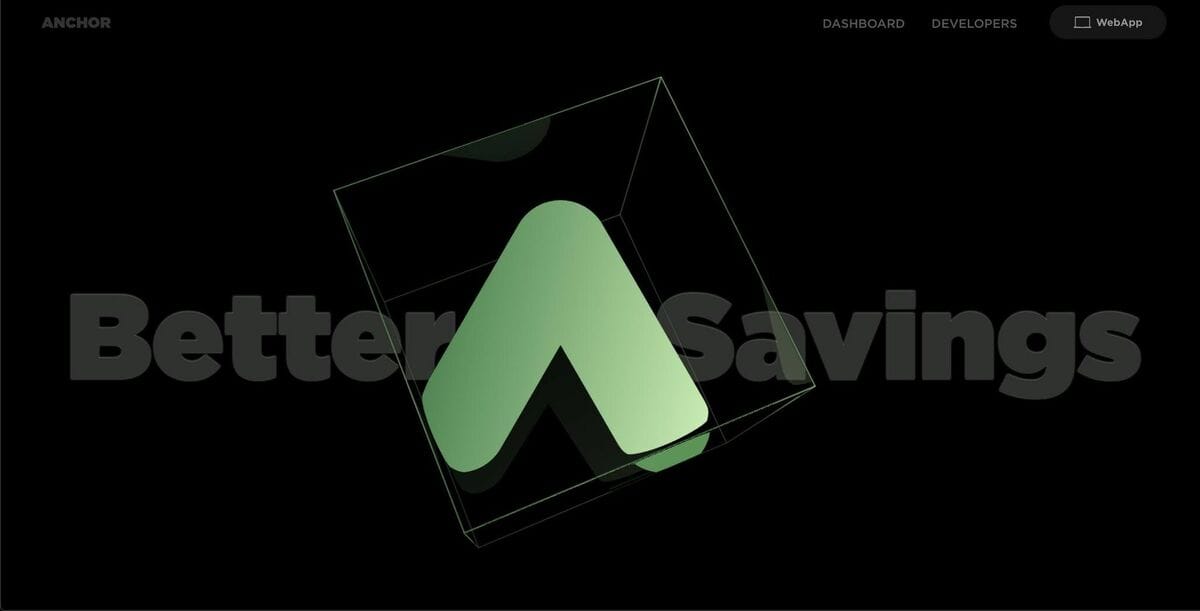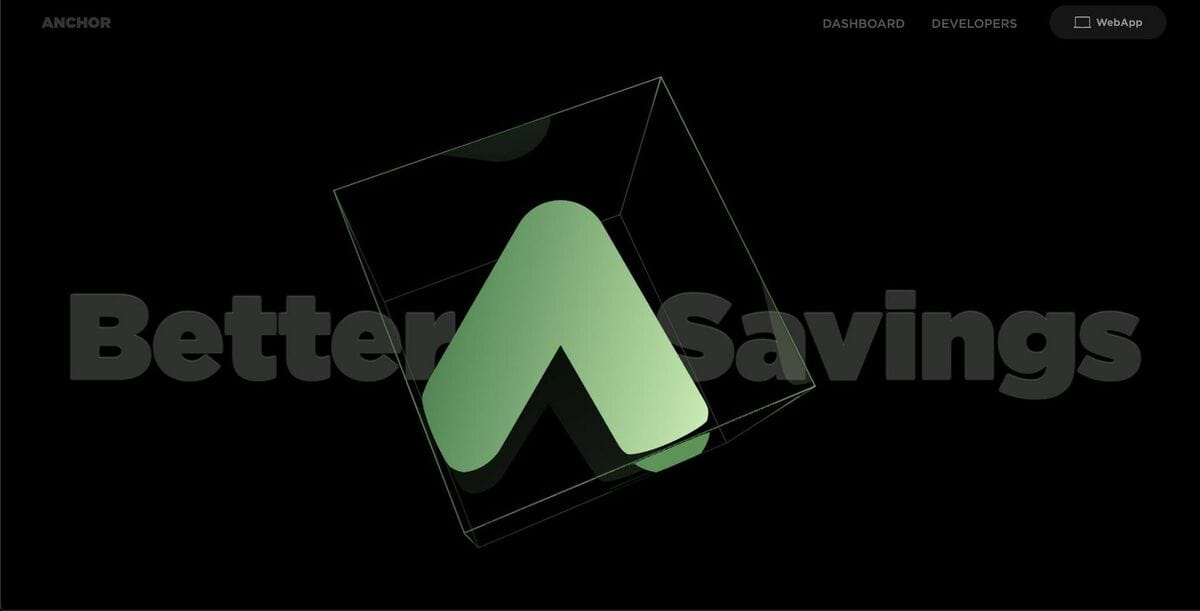- Crypto Uncomplicated
- Posts
- What's better than earning 20% interest? Earning 30% interest!
What's better than earning 20% interest? Earning 30% interest!
While banks are still paying savers 0.06%

In a race to attract new users and adoption, startups often throw out an insane amount of freebies and incentives to get momentum on their side.
In crypto, imagine that times, oh I don't know, 1,000.
That's kind of what's going on when more venture money continues to flow into the space, and decentralized finance, or DeFi protocols themselves sit on a lot of money from a run up in crypto prices. In the end, that means an intense battle to one-up somebody else's freebies, which is a very good thing for us consumers if you know where to look.
In this post, the "freebie" I'm focusing on is a "juiced" interest rate relative to what we might be able to earn on deposits stashed at your average bank. That is, anything substantially higher than the average .06% interest banks are paying right now. And no, not even the 10x higher .6% Marcus is paying will qualify here (I said substantially higher!)
If your first instinct is to ask "What's the catch for this juiced interest rate?" I applaud you. You're thinking about things the right way. Of course, there's usually always a catch even in traditional finance. A CD, or certificate of deposit account, might give you a higher interest rate, but it means you can't touch your deposit for a year or more.
In crypto, the catch can be a similar time lock, or it can mean taking on higher risks. Depending on your risk appetite, there are a magnitude of options to take advantage of the freebies currently being paid by issuers of so-called stablecoins, or cryptocurrencies meant to hold steady at a value of $1.
As I highlighted last week in my post on crypto misconceptions, stablecoins are unique cryptocurrencies in that they that can almost be thought of as digital dollars. However, they are not created equally and each one carries its own risk of "depegging" from its $1 value. That would obviously be a disaster and defeat the whole purpose of seeking out freebies (and wouldn't really be a fair apples-to-apples comparison with FDIC insured interest rates offered by banks.)
As such, it's kind of my duty to point out the spectrum of risk we're dealing with. That is, the chance a particular stablecoin ever de-pegs or fails to live up to being swapped for $1. For that, there's a gold, a silver, and bronze standard.
I continue to respect the Winklevoss Twins' Gemini Dollar stablecoin, or GUSD, as the gold standard of dollar-backed stablecoins. They are audited, they are regulated, and they just hold their reserves in an account. Really hard for that to go wrong. Earning 6.9% right now at Gemini is a no-brainer.
As I've covered before, Tether is the largest stablecoin out there ($83 billion market cap) but isn't fully backed by dollars. They have a mix of assets, including short-term commercial debt and commodities. It just introduces unnecessary risk, and risk without reward is a bad freebie.
Which gets me to the reason we're here: that 20% or even 30% interest rate.
As I wrote in an earlier post, Terra is a crypto entity behind the fastest growing stablecoin out there. At a market cap of $18 billion, its stablecoin UST is much smaller than Tether. But unlike Tether, UST is not backed by dollars or traditional assets at all. It's backed by another cryptocurrency, Luna. It is what's known as an algorithmically-backed stablecoin. (You can read the paid deep dive on why Terra and the UST stablecoin is so unique, and why if it succeeds, Luna could still surge higher.)
Algorithmically-backed stablecoins are seen as riskier than dollar-backed stablecoins like GUSD because their value is backed by another crypto rather than dollars in a bank. Also, there's a long list of algorithmically-backed stablecoins that have gone absolute bust. In 2021, for example, Iron Finance famously went bust after breaking its $1 peg. The project evaporated a total of $2 billion and even lost Shark Tank's Mark Cuban money.
And yet, UST has succeeded. It has functioned incredibly well, and continues to suck in new money.
Part of the reason is a savings protocol built on Terra that offers an astounding 20% interest rate. It's called Anchor Protocol, and even crypto startups are turning to it to stash their treasuries. (Mind you, 20% interest is almost 375x the average interest rate in a bank, so I would say it qualifies as significantly higher.)

Source: Screenshot Anchor Protocol
Now, if your alarm bells are going off and saying, "Wait a minute, a 20% guaranteed return sounds like a Ponzi scheme!" I would again applaud you. In fact, it's a common accusation lobbied toward the Terra squad and Anchor Protocol, but in the grand scheme of things it's quite explainable. I've interviewed Terra's creator Do Kwon multiple times about it.
For starters, about 70% of all UST is locked in Anchor Protocol. Meaning, a lot of people who own UST just park it on Anchor to earn 20% interest. The protocol works similar to a bank in that borrowers can also use Anchor to take out loans and pay interest in UST. That interest, in theory, makes the interest for savers possible. But that's not actually the case.
In fact, the 20% interest currently being paid to borrowers is unsustainably high. Anchor's reserves have already dwindled down before the entity behind Terra re-upped its reserves with $450 million to keep the show going. So why would a savings protocol continue to pay out more interest to savers than it's bringing in from borrowers? In order to continue to drive adoption of its stablecoin.
According to researchers at Fundstrat, Anchor has about a month of runway before it once again either has to drop its 20% interest down to more realistic levels, or it will once again require an injection of money from Terra.
So long as they are willing to continue subsidizing interest to get more people to use their stablecoin over others, savers could continue to win. Or, the game could soon be up and Anchor's yield will slowly fall back to a more realistic interest rate.
That's what makes a new announcement from the competing Tron blockchain all the more interesting. This week, Tron founder Justin Sun announced he'd be launching his own UST competitor on Tron with a 30% interest rate.
Interestingly, Terra founder Do Kwon reacted favorably to the idea of a competitor launching an extremely similar product to his algorithmically-backed stablecoin saying, "Decentralized economies deserve decentralized money."
In a way, I'm somewhat reminded of Lending Tree's slogan: "When Banks Compete, You Win."
This time, we might all win when its blockchains looking to juice interest rates for savers. Of course, there's something to be said about the risks associated with dwindling interest rates, and what that would mean if all UST holders at once decided to dump and transition over to Tron's stablecoin USDD. Could that trigger a death spiral that sends the value of Luna and UST crashing? Probably not, but its a risk that's no doubt worth considering when it comes to playing the freebie game.
For now, the gauntlet has been thrown down. Suddenly 20%, or 375x the interest you can earn in a bank, just isn't juicy enough. Try 30%.